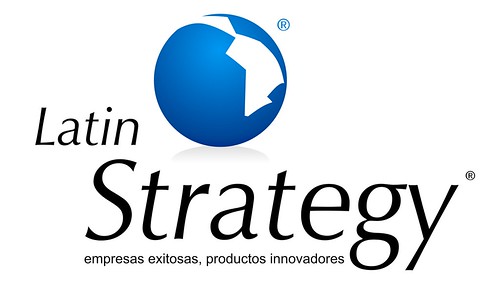Aquí la entrada completa desde el Ludwig von Mises Institute
Extracto:
"Book buyers have been used to hardback books being the most expensive, with softcover versions being priced much less, while e-book versions are cheaper still.
This pricing scheme comports with David Ricardo's doctrine that the value of consumption goods are determined by the "cost of production" or the labor theory of value. Obviously the production cost of a hardback book is greater than that for a paperback, with both of these far and away more expensive to produce than a Kindle or ePub version.
The costs of book preparation — formatting, editing, typesetting, indexing, marketing, and royalties — are incurred no matter what the book's version. However, with hard and softcover books, publishers must warehouse their inventory and there are costs associated with that. With e-books, as well as downloadable audio versions, no warehouse is required — just a hard drive somewhere.
But that's not the half of it. When Amazon or any bookseller runs through their inventory of a book in the physical form, they have to order and pay for more paper and ink to be constructed into the particular title so that orders can be filled. Replenishing inventory costs money. Not so for an e-book. Once the digital version has been created, it's good until the market doesn't accept it anymore.
So for those thinking David Ricardo had it right, expensive hardbacks and cheap e-books make all the sense in the world. But Austrians see the world differently. Consumers set prices based on their preferences. It doesn't matter what a book costs; what matters is what a reader will pay for it. Likewise, consumers in the Western world determine the prices — not by haggling — but by buying or not buying.
The illusion that costs of production determine price is created by the reality of financial viability. If you can't recover in proceeds what you have spent in production, you have to stop what you are doing or change the way you do it. If your profits are extremely high, you attract the competition to your endeavors, and then your prices have to fall. Over the long run, it's true, your marginal costs and marginal prices tend to equalize. What matters is the cause and effect:
the price you can obtain for making something determines how much you can spend making it.Buying the hardback means paying for shipping and waiting for the book to arrive. The same goes for the paperback. Physical books require shelving and space, which is, again, an expense.
E-books offer immediate availability and thousands of books can be stored in a single thin, lightweight piece of machinery, not to mention the many other cool features e-readers offer."









